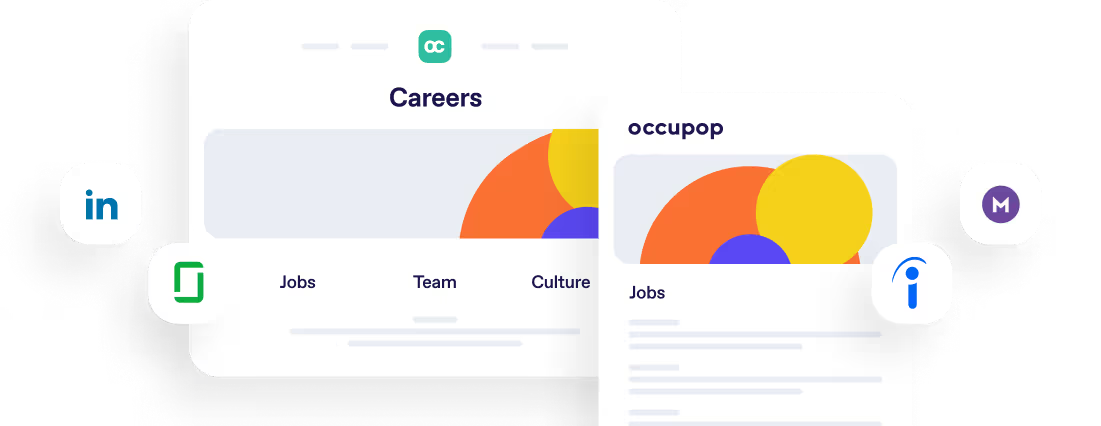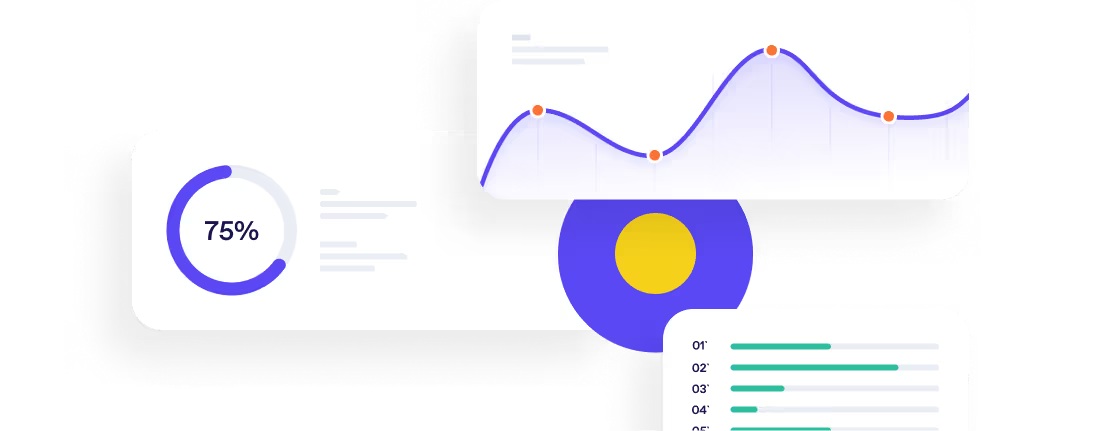4 Ways to Create an Employee Well-Being Strategy



There’s a reason employee wellness is one of this year’s top HR trends. According to a 2018 Deloitte Global Human Capital Trends survey, 61% of employers reported that a good well-being strategy improves employee productivity and bottom-line business results. This is because workplace wellness directly affects company culture and employee engagement. Additionally, 87% of job seekers consider a company’s health and wellness packages before choosing to work for them, according to Forbes.

Gather insights from current employee data
According to a Cpl Employment Monitor, over 60% of employees don’t feel like their employer contributes to their well-being. This may be because companies don’t know what types of programmes employees actually want.
To determine what your employees need and want from a wellness programme, analyse what they are already using, as well as any gaps in your current services.
The easiest way to gather data that will give you insights about your workplace wellness is with exit and employee engagement surveys. Ask your current employees about what keeps them engaged and productive at work, as well as what makes them feel distracted, unmotivated and unwell in the workplace. Additionally, when an employee leaves your company, ask them what they thought of your wellness programme, how you can improve your current programme and whether their well-being had anything to do with their decision to leave. These responses will help you identify themes and trends relating to your office’s overall health that will help you determine what to keep and what to improve.
In addition to these surveys, you can also analyse data from:
- Sickness records: Identify the average number of sick days taken by employees and the key causes of their absence. This will show you whether you need to create a programme targeted specifically at stress or muscular issues, or a more wide-ranging and intensive programme.
- Existing initiatives: Measure which of your current initiatives are popular or used most often, and examine what your employees are using these services for. This will help you determine what you should add or expand on for your wellness programme, and what should be cut out.
- Employee demographics: By determining what key well-being services each demographic needs, as well as which demographics are using your services most, you can create a well-being strategy that satisfies everyone.
INSERT-CTA
Consider a holistic approach
According to the Health and Safety Executive, over 500,000 workers in the UK suffered from work-related stress, anxiety or depression, and 12.5 million working days were lost for these reasons in the 2016-2017 work year. As stress and mental health become more of an issue in the modern workplace, companies are creating wellness programmes that target more than just physical health in order to keep their employees engaged and attract the best talent.
In order to reduce absenteeism and increase employee morale, employers are incorporating services such as emotional health education, mental health days, financial planning resources and onsite meditation into their well-being strategies. In fact, 72% of employee wellness programmes focused on mental health in 2017, according to a survey by Virgin Pulse.
Here are two examples of successful holistic wellness programmes that you can take inspiration from when planning your well-being strategy:
1. Google has taken their holistic workplace wellness to the next level. Their campus offers massage services, community bikes and healthy eating options to target employees’ physical health. To help with stress management and professional development, they also offer a series of fun educational programmes such as cooking classes and guitar lessons. Additionally, services such as financial advisors improve workplace financial wellness with flexible hours and paid volunteer time aiding work-life balance and employee values.
2. Your company doesn’t have to be as huge as Google to have a holistic well-being programme. US-based company Zappos has implemented their 'Destination Wellness' initiative in order to give employees a well-rounded experience. Each day, employees can participate in three challenges that include money-saving, mental fitness and physical fitness exercises. Once these challenges are completed, the employee receives points towards a raffle, which awards significant prizes every quarter. The potential to win a prize such as a paid weekend holiday keeps employees engaged in the company’s initiative, while the programme itself helps them stay happy and healthy.
Align your wellness programme with employee values
As we mentioned in our post “How to Create a Great Company Culture”, millennial workers want your company mission and values to align with their own. In response, more companies are creating well-being strategies that focus on what this younger generation values: work-life balance.
At the top of the list of initiatives that employees value most in a workplace wellness programme is flexible work options, according to research by the recruitment firm Robert Walters. In fact, according to Deloitte’s 2018 Global Human Capital Trends survey, 86% of employees want flexible scheduling as part of their workplace well-being, but only 50% of employers offer it as an initiative.
Additionally, volunteering and opportunities to connect with the community are two of the most highly regarded benefits for well-being programmes in recent years, according to Deloitte. This generation of workers prefers to work for socially responsible companies, and incorporating a bigger picture into your well-being strategy will keep your current employees engaged and your potential hires interested.
By designing a wellness programme that incorporates your employees’ values into your company mission, you can create an irresistible employee culture. That’s why 67% of employees who work for organisations with successful wellness programmes report liking their jobs more and are more likely to recommend their employer to others.

Incorporate modern wellness technology and software
Wellness technology has seen a significant rise in recent years, and as meditation apps and fitness wearables become increasingly popular with everyday consumers, it’s time for you to take advantage of how they can benefit the workplace.
Utilising wellness technology in the workplace has been proven to give significant results. For example, companies who offer the Virgin Pulse wellness app as part of their wellness programme noticed that active users were 65% more engaged, had 32% lower turnover rates and are 9% more productive than employees who didn’t use the app.
These benefits can be attributed to the way wellness technology and software turns your well-being journey into an easy-to-use and engaging experience with levels and instant rewards. Mobile platforms that focus on wellness allow employees to track their progress with metrics such as minutes of meditation or days without junk food, as well as set personal goals and complete tasks. These platforms can even motivate employees to work together or compete with one another for lighthearted prizes or rewards.
POWR, for example, is a digital wellness tool that is a part of the employee engagement software programme Wrkit. This tool asks employees to answer questions about the six key areas of wellness (life, mind, work, food, activity and sleep) and then assigns them well-being plans based on their individual answers. It also provides group challenges to inspire team collaboration and tracks company-wide data to help you gather insights for your future wellness programmes.
INSERT-LINE
An effective well-being strategy will leave your employees feeling appreciated and engaged with their work and company culture. It will also help you see better productivity and bottom line results.
Most importantly, a considerate wellness programme will retain your current employees and motivate your top candidates to start applying. That’s where Occupop comes in. Our recruitment software helps you streamline the application process, source CVs and schedule interviews with potential hires. With our AI technology taking care of the busy work of recruitment, you can work on developing and implementing your wellness programme.
For more information or to get started for free, visit our website occupop.com .
Summary Points
4 ways to create an employee well-being strategy:
- Gather Insights From Current Employee Data
- Consider a Holistic Approach
- Align Your Wellness Programme With Employee Values
- Incorporate Modern Wellness Technology and Software
Simple. Beautiful.
Recruitment Software.
HR updates sent straight to your inbox
You might also like...


Manage your entire hiring process simply, from engagement to management, hiring and onboarding







Simple. Beautiful.
Recruitment Software.
Recruitment Software.






